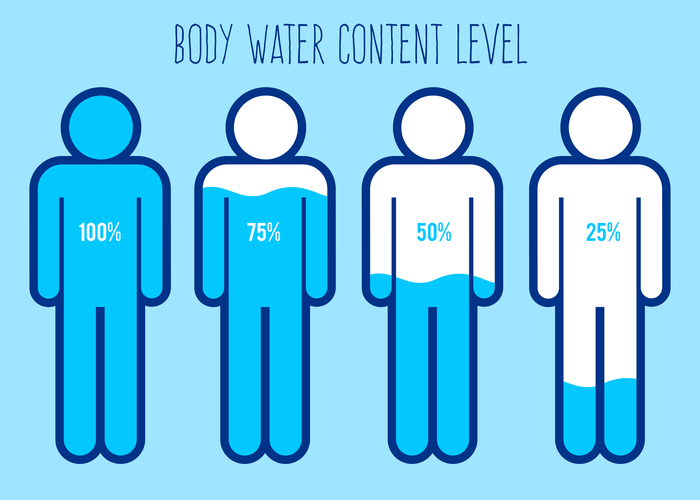Launching a halfway house transcends the mere act of starting a business; it’s about weaving threads of hope into the fabric of society. Each step must be approached with meticulous care – from selecting the ideal location that ensures safety and accessibility to designing programs that address the unique needs of residents. Collaboration with local authorities and organizations enhances credibility and effectiveness. Marketing plays a subtle yet significant role in building awareness and garnering support; tools like Desygner are invaluable for crafting compelling visuals that resonate with both stakeholders and beneficiaries. Sustainability hinges on continuous improvement and adaptability, responding dynamically to challenges and opportunities. This endeavor is not just about providing a place to stay but about igniting transformative journeys toward self-sufficiency and empowerment.
Understanding Grants for Halfway Houses
So how do you help recovering addicts when so many people are just trying to make a buck off them? That’s what his nonprofit organization’s all about — getting sober home owners to agree to follow certain rules. A growing number of U.S. homeowners are renting rooms to recovering addicts and turning their properties into so-called ‘sober homes.’ It’s a hot but sketchy new real estate market.

Marketplace®

A market analysis can also help you to identify the risks and challenges that you may face, and to develop contingency plans to overcome them. A market analysis is not a one-time activity, but a continuous process that requires regular updates and revisions, as the market conditions and customer preferences may change over time. Therefore, you should always monitor the market trends and feedback, and adjust your business plan accordingly.

Habits for Proper Mental Health
One of the most appealing aspects of the halfway house revenue model is its versatility and adaptability to different sectors and regions. A halfway house is a transitional living facility that provides support and guidance to people who are recovering from various challenges, such as addiction, incarceration, homelessness, or mental illness. The revenue model of a halfway house is based on charging fees for the services and amenities it offers, such as housing, counseling, education, employment, and life skills training.
Predominantly it is from government-sponsored health insurance schemes that halfway houses get this funding from. Angel House of Georgia offers long-term residential treatment and intensive outpatient services for women recovering from drug and alcohol addiction. The program provides individualized care, peer support, counseling, and life skills development in a structured, substance-free environment.
Are Halfway Houses Profitable? How Do Halfway Houses Make Money?
In the realm of halfway house ventures, the success of any business hinges on the quality of its team. Staffing and training play pivotal roles in shaping the trajectory of these ventures. Let us delve into the nuances of building a robust team that can drive profitability and sustainability. Halfway houses help individuals transition from addiction treatment by providing a structured and supportive environment that encourages continued sobriety and self-reliance. This transitional phase helps bridge the gap between intensive addiction treatment and independent living. There are benefits to this, but those that operate the halfway house as an income-generating business, will not file for non-profit status as they are looking towards the financial rewards that the https://yellow14.xi-wang.xyz/marijuana-addiction-signs-causes-withdrawal/ facility can bring.
Get yourself a mentor to help you start your business
- Starting a halfway house business requires complying with various federal, state, and local laws and regulations that govern the operation of residential facilities.
- Since data remains sparse and oversight is unreliable, we have retrieved the bulk of information about conditions in halfway houses from the media and advocates.
- The diverse experiences of halfway house residents can inject fresh perspectives into a business, driving innovation and creative problem-solving.
- For example, government grants or contracts may be available to help cover the costs of operating the facility or providing services to residents.
- Balancing the financial aspect with the well-being of residents is crucial in this important endeavor.
- There are benefits to this, but those that operate the halfway house as an income-generating business, will not file for non-profit status as they are looking towards the financial rewards that the facility can bring.
Detailed record-keeping and proper classification of workers are critical for maintaining this status and ensuring compliance with tax laws. Businesses may choose to support these facilities as part of their corporate social responsibility initiatives. The path to a more profitable future for halfway houses lies in innovation, collaboration, and a relentless commitment to resident well-being. By embracing these strategies, these vital institutions can transform lives while securing their financial sustainability. In as much as all halfway houses benefit from government funding, it is important to note that non-profit halfway houses always get preference.
Additionally, some rooms are shared by a few individuals, while others have larger rooms with bunk beds for multiple residents. Cases of COVID-19 are uniquely dangerous in halfway houses due to the work release component of many facilities. Subsequent audits identified a number of major staffing issues, including high turnover rates and misconduct. This pattern of inadequate staffing extends to CEC halfway houses in California, where a former facility director cited inadequate training and earnings barely above minimum are halfway houses profitable wage. The clinical director of the California facility, responsible for resident health, did not possess a medical degree, or even a college degree. The Correctional Facilities industry consists of operators that own or manage correctional facilities and halfway houses.
Traditional payment methods such as cash and checks are commonly accepted, allowing residents to pay directly with physical currency or bank-issued checks. Credit and debit cards are widely used for their convenience and the ability to track expenses easily. One of the most crucial challenges that growing businesses face is how to scale their operations… Interestingly, a halfway house may also organize fundraising events from time to time to raise money. This is why it is not uncommon to find a professional fundraiser under the payroll of a halfway house. One of the most critical factors that determines the success or failure of a startup is Halfway house the quality…
What factors contribute to the profitability of a halfway house?
Sober living homes prioritize a safe and supportive environment, emphasizing accountability, community, and the development of life and coping skills necessary for long-term recovery. They offer various benefits, such as increased accountability, access to recovery resources, and opportunities for personal growth. These homes often cater to specific groups, such as veterans, individuals with co-occurring disorders, or women with children, ensuring tailored support that addresses unique recovery needs. One of the most important aspects of running a successful halfway house is marketing.
- Though halfway houses are often seen as stepping stones to more independent living arrangements, it can be difficult for individuals to build new relationships or find meaningful employment after leaving.
- This is because halfway house is a niche idea in the correctional facilities industry.
- The size of the facility will greatly influence the number of residents and the possible expenses and overhead.
- The cost of securing the needed licenses and permits is yet another cost that can influence the overall cost of starting a halfway house.
It depends on where the house is located, the services offered, and the residents themselves. Usually, halfway houses aim to offer safe and healthy place, and feel like being part of a family. Even though each house is set up a bit differently, they all concentrate on people supporting each other. Also, it can be great for helping them find more services to help their recovery journey. A halfway house is available as a living environment and it is there to support people during their recovery.
Our mission is to establish a first-class halfway housing facility that will provide transitional opportunities for individuals (majorly ex-offenders) who are attempting to return to society as law-abiding and productive members. We want to become one of the leaders in the halfway housing industry in the United States of America. This is because halfway house is a niche idea in the correctional facilities industry. When seeking financial assistance, non-profits should consider aligning with foundations or companies with similar values.
